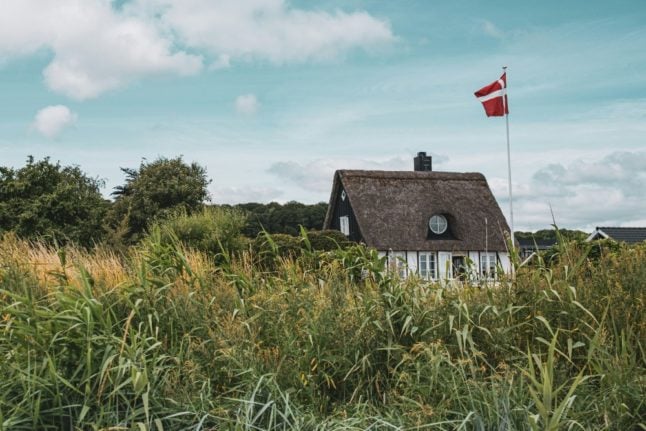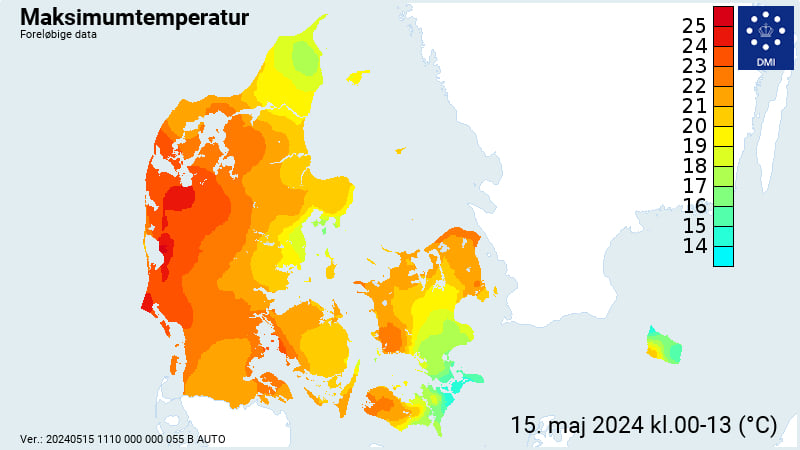A research team from Danish consulting group Cowi and the University of Southern Denmark studied how rises in seawater levels would affect nature along the country’s coasts over the next 50 and 100 years, Danish news service Ritzau reported.
“We are losing some coastal zones and these shallow coastal areas – also called salt marshes – in particular, will disappear,” said Torben Ebbensgaard, biologist and project manager at Cowi.
“These are breeding areas for large numbers of some very rare birds, amphibians and plants,” he said.
At least half of these salt marshes would disappear over the next 100 years taking the habitats of very rare birds and plants with them, he added.
And these rare animals would not be able to find somewhere else to live: “They have evolved to live in some very special habitats. A bird that is used to living on mussels and worms on the beach cannot just go to a wheat field,” Ebbensgaard explained.
More frequent storm surges were also expected to pose a threat to beaches, the report found.
Areas around the Limfjord, Mariager Fjord, Odense Fjord and Stege Bay could be affected by seawater rises over the next 100 years, the report found.
The report’s researchers found that, on average, water levels would rise 45 centimetres in 50 years and one metre over the next 100 years.




 Please whitelist us to continue reading.
Please whitelist us to continue reading.
Member comments